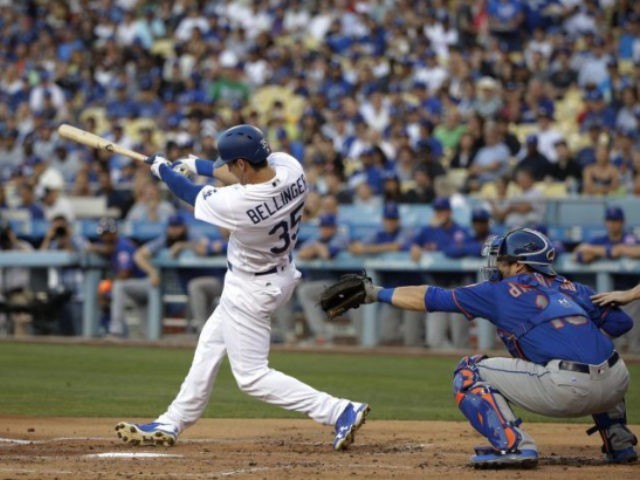It’s often been said that if Major League Baseball hadn’t naturally experienced the conditions necessary for the home run explosion in 1998, they would have had to create them. The historic home run chase between Sammy Sosa and Mark McGwire, captivated the nation and made fans forget all about the wildly unpopular strike of 1994.
Then again, it’s often said that baseball did create the conditions necessary for the power surge in the summer of 1998, by turning a blind eye and a deaf ear to the rampant and obvious steroid abuse that was taking place in clubhouses throughout the league.
So how is it then? That over twenty years later, with the “steroid era” a supposed relic of baseball’s past, that some of baseball’s longest standing home run records are falling like dominoes?
Just last week, on their way to smashing the single-season franchise record for home runs, the Minnesota Twins broke the record for home runs hit by a team on the road. Cincinnati’s Aristedes Aquino hit a two-run shot against the Marlins, that set the rookie record for most home runs in a calendar month. Pete Alonso has become the Mets new single-season home run record holder, and there are four or five other players who may also ascend to that level. MLB hitters have broken the monthly home run record three different times this season, and are on pace to shatter the league’s single-season record.
How can this be, in baseball’s supposedly steroid-free utopia?
The answer lies a lot more with the pills inside a baseball, than it does with the injection inside a needle.
While there’s plenty of evidence to suggest that younger, powerful hitters are also leaving their mark on the game. One only needs to look at these numbers provided earlier this year by Sports Illustrated’s Tom Verducci, to see that the baseball itself is behaving differently than we’ve ever seen before.
Through July 4th, there were eight home runs hit at 90 MPH or less, versus only three in 2018. However, on balls hit hard, 450 feet or farther, the ball being used in 2019 greatly outperformed the 2018 ball. Through July 4th of this year, there were 100 home runs hit 450 feet or farther. In 2018, during the entire season, there were only 82 home runs hit that hard.
Not only that, fly balls hit at an exit velocity of 103 MPH, are 13 percent more likely to become home runs in 2019, than they were in 2018. In all of 2018, there were only 254 home runs hit at a 103 exit velocity. In 2019, there were 337 home runs hit at that velocity.
None of this is to take away from the skill of the modern hitter. Yes, MLB players have adjusted to the high four-seam fastball. Yes, MLB is currently fielding a whole generation of players schooled in an upward swing that happens to be timed perfectly to combat modern pitching.
However, whether it’s the centering of the pill inside the baseball, the slickness of the leather, or any other real or imagined change, the 2019 baseball is behaving far differently than its predecessors, and it’s leading to historic numbers of home runs.
What it hasn’t led to, unlike 1998, is monster ratings or attendance numbers for baseball.
Follow Dylan Gwinn on Twitter @themightygwinn

COMMENTS
Please let us know if you're having issues with commenting.